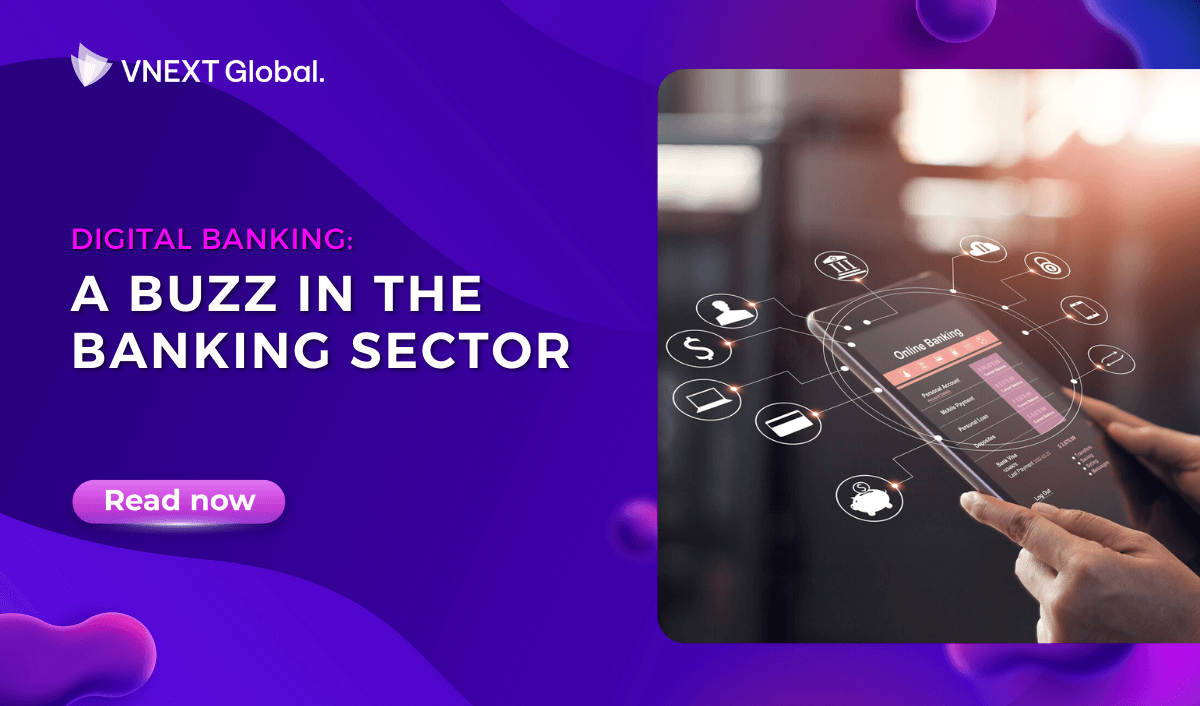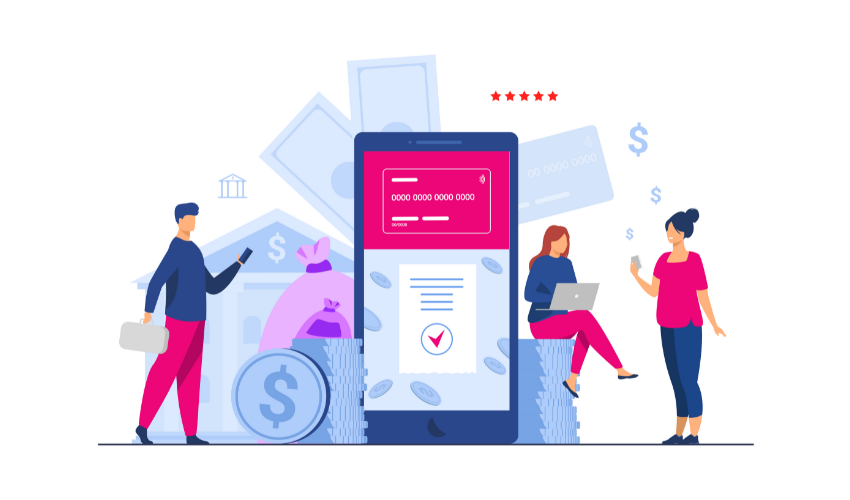Digital banking, which first appeared in the early 2000s, has become a new trend in the banking industry in both developing and developed countries. Similarly, digital banking is regarded as the ideal solution for radically improving the customer experience typically associated with traditional financial institutions. However, some people are still unfamiliar with the concept of digital banking.
What Is Digital Banking Meaning?
Digital banking refers to the automation of traditional banking services. Customers of a bank can use their digital banking system to access banking products and services via an electronic/online platform with a mobile device. Digital banking entails digitizing all banking operations and replacing the physical presence of banks with an everlasting online presence, making a convenience for a consumer for not having to visit a branch.
1. What Are The Benefits of Digital Banking?
It goes without saying that the benefits of progressing to a more technologically sophisticated way of doing things far outweigh the costs. Similarly, as a technological byproduct, digital banking aims to make life easier for banking users. Below are some significant advantages of digital banking:
- Consumers can use banking products and services anywhere, anytime. Users don’t have to go to the bank branches, wait for hours in the long lines, or be afraid of losing documents. Digital banking creates convenience.
- To add to the convenience, digital banking allows users to conduct banking transactions around the clock, with access to banking functions available 24/7.
- One of the most significant disadvantages of traditional banking was the overemphasis on paper. With the advent of digital banking as a service, banking has become paperless materials and procedures. A user can access their account at any time to view records.
- Automatic payments for regular utility bills such as electricity, gas, phone, and credit cards are possible with digital banking. The customer is no longer required to make an effort to remember the due dates. The customer can choose to receive notifications about upcoming payments and past-due balances.
- With payment channels becoming well-integrated with online shopping portals, online shopping has become a piece of cake. Internet banking has significantly aided in the growth of online payments. Thanks to payment convenience, the ecommerce sector has grown fast over the past few years.
- A user can report and block misplaced credit cards with the click of a button using digital banking. This helps the banking system to significantly improve user privacy and security.
- Digital banking reduces the circulation of black money by promoting a cashless society and allowing the government to track fund movements. In the long run, digital banking is expected to reduce the demand for currency minting.
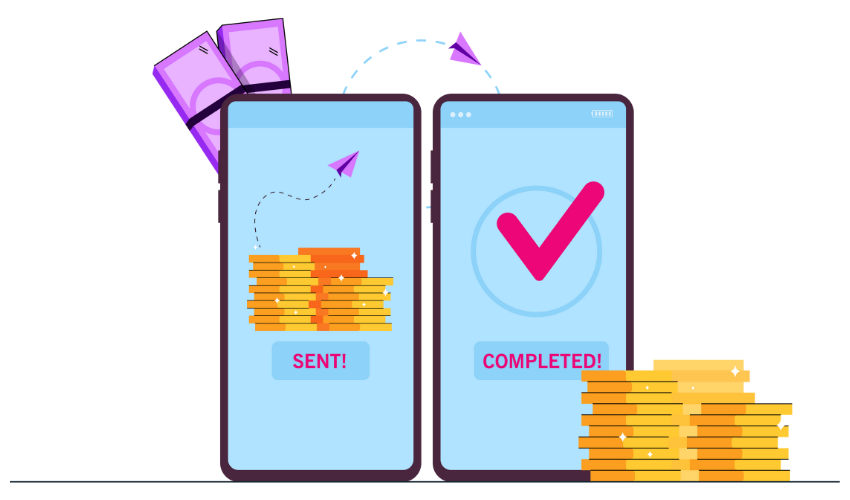
2. What Are Digital Banking Products?
Digital banking has a lot of things to offer, providing that a person has a stable internet connection and an internet-enabled smart device. Here are some examples of digital banking products:
- Obtain bank statement
- Transfer of funds
- Mobile banking
- Cash withdrawal and deposit
- Bill payments
- Manage saving accounts
- Manage cheques
- Monitor transaction records
3. What Are Types Of Digital Banking Payments?
- Credit/ Debit cards
These cards are used not only to withdraw cash but also to enable other types of digital payment. Cards can be used for online purchases as well as at point-of-sale (PoS) machines. Banks can also issue prepaid cards, which are not linked to a bank account and function solely on the money loaded onto them.
- Unified Payments Interface (UPI)
Currently, UPI is the most popular form of digital banking. UPI employs a virtual payment address (VPA) to allow users to transfer funds without entering their bank account number or IFSC code. Also, UPI allows you to consolidate all of your bank accounts into a single location. Funds can be transferred and received at any time of day or night. Google Pay is an example of the UPI. UPI payments are free of charge.
- Mobile wallets
This payment method has eliminated the need to remember four-digit card pins or enter CVV (Card Verify Value) information. Mobile wallets save bank account and card credentials, allowing users to easily add funds to the wallet and make payments to other merchants who use similar apps. Mobile wallets, on the other hand, usually have a limit on how much money can be deposited in the wallet. A small fee may also be charged when transferring funds from the mobile wallet to the bank account.
- PoS terminals
These are typically portable devices that read a card to authorize and complete a payment. This is the payment method used by supermarkets and gas stations. However, as digital banking has grown in popularity, PoS terminals have evolved into more than just physical PoS devices. Virtual and mobile PoS terminals have emerged, which use the NFC (Near-Field Communications) feature of mobile phones and web-based applications to initiate payment.
- Internet Banking
Also known as e-banking, internet banking refers to obtaining certain banking services such as fund transfers, account opening and closing. Nowadays, most people carry out e-banking via mobile devices. Because internet banking is limited to core functions, it is a subset of digital banking.
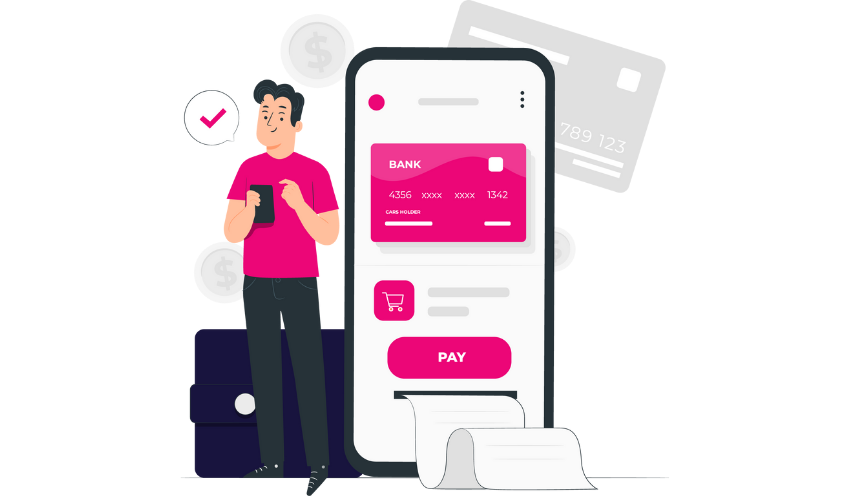
4. What May The Future Of Digital Banking Be?
According to a Deloitte research report on must-haves for a fully digital bank, each digital banking product must have the following as key drivers for success.
- Currency ordering option
- Standing options that can be customized
- Accounts linked to the status of tax exemptions
- Card blocking feature
- Innovations in the field of safety vaults
- Integration with investment channels on the stock exchange
- Analytics for financial management
- Permission for the grouping of accounts from different banks
- Easy accessibility
These features seem to greatly enhance the financial management for humans. However, digital banking cannot totally replace humans in the banking sector. Customers prefer human interaction for more important and irregular decisions, such as taking out a loan or negotiating loan terms.
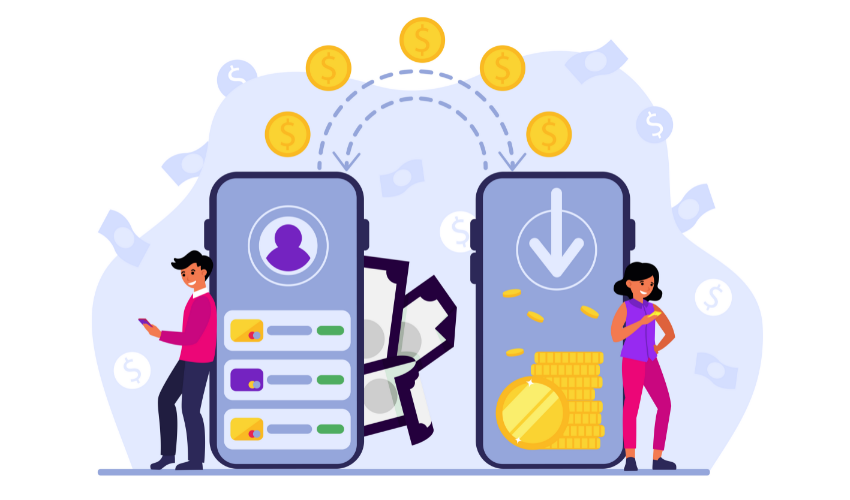
Final thoughts
If you are looking for a trusted IT partner developing digital banking system, VNEXT Global is the ideal choice. With 14+ years of experience, we surely can help you to optimize your business digitalization within a small budget and short time. Currently, we have 400+ IT consultants and developers in Mobile App, Web App, System Development, Blockchain Development and Testing Services. We have provided solutions to 600+ projects in several industries for clients worldwide. We are willing to become a companion on your way to success. Please tell us when is convenient for you to have an online meeting to discuss this further. Have a nice day!

